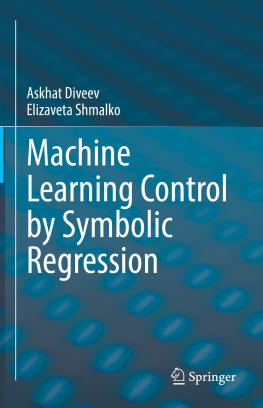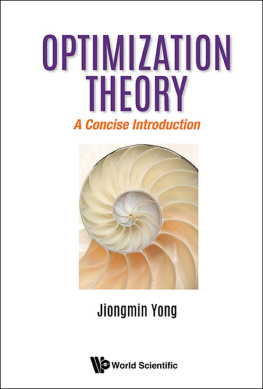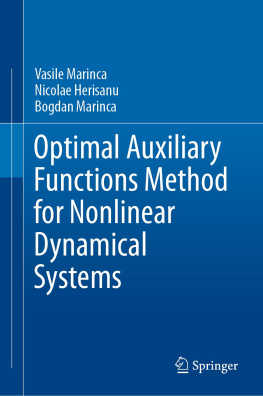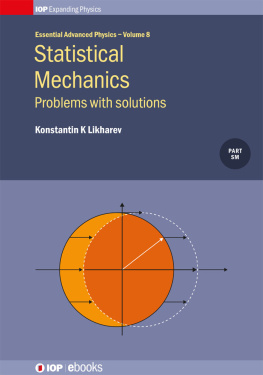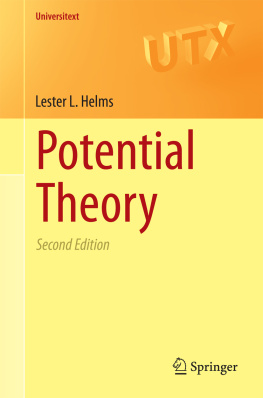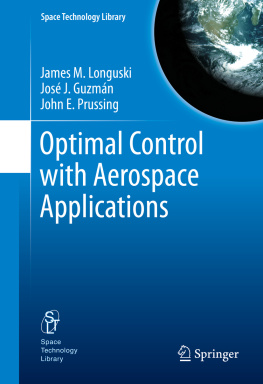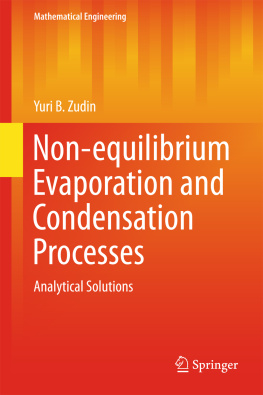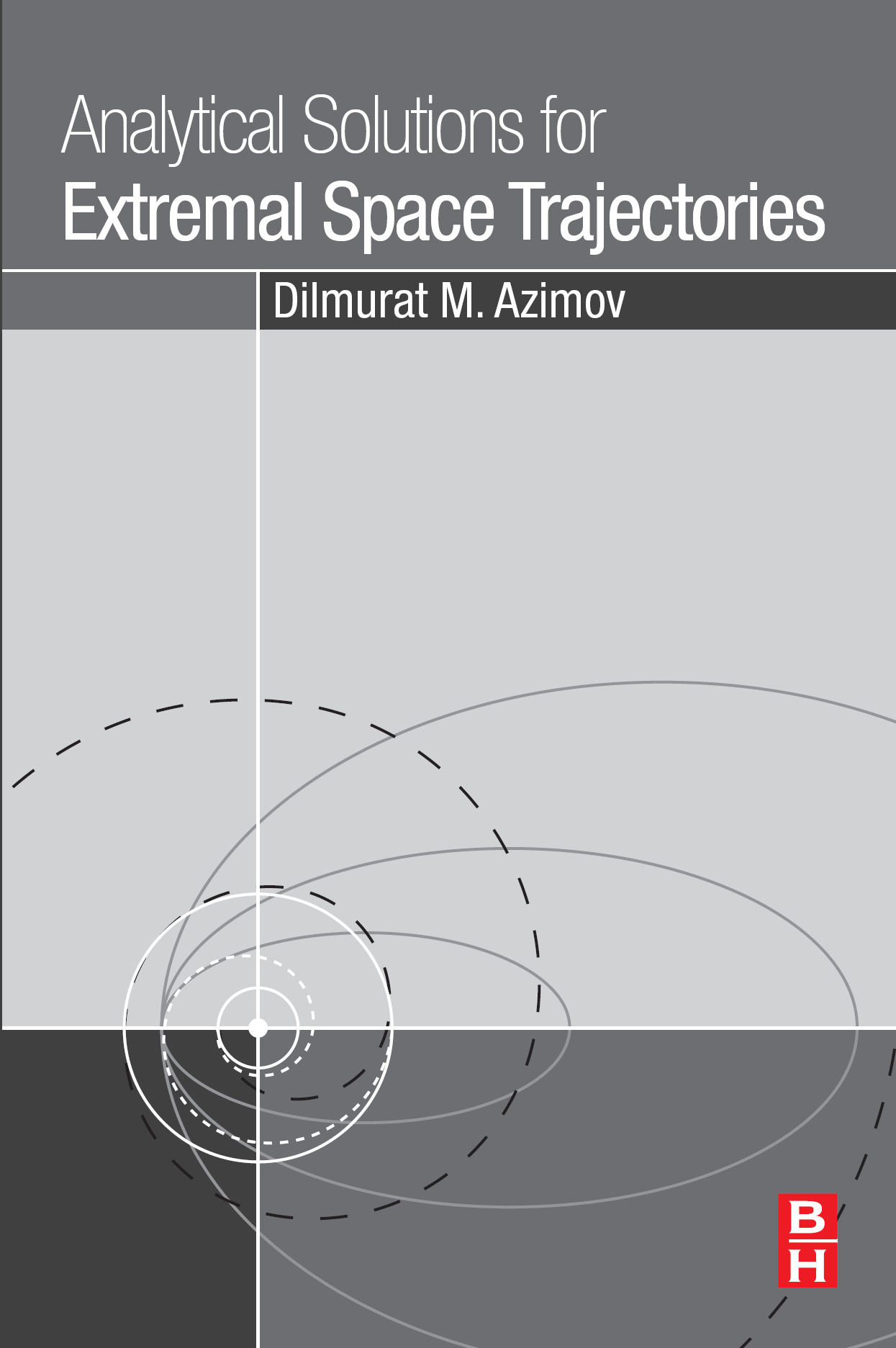Analytical Solutions for Extremal Space Trajectories
First edition
Dilmurat M. Azimov

Table of Contents
List of tables
- Tables in Chapter 4
- Tables in Chapter 9
List of figures
- Figures in Chapter 2
- Figures in Chapter 3
- Figures in Chapter 4
- Figures in Chapter 7
- Figures in Chapter 9
Landmarks
Copyright
Butterworth-Heinemann is an imprint of Elsevier
The Boulevard, Langford Lane, Kidlington, Oxford OX5 1GB, United Kingdom
50 Hampshire Street, 5th Floor, Cambridge, MA 02139, United States
Copyright 2018 Dilmurat M. Azimov. Published by Elsevier Inc. All rights reserved.
No part of this publication may be reproduced or transmitted in any form or by any means, electronic or mechanical, including photocopying, recording, or any information storage and retrieval system, without permission in writing from the publisher. Details on how to seek permission, further information about the Publisher's permissions policies and our arrangements with organizations such as the Copyright Clearance Center and the Copyright Licensing Agency, can be found at our website: www.elsevier.com/permissions.
This book and the individual contributions contained in it are protected under copyright by the Publisher (other than as may be noted herein).
Notices
Knowledge and best practice in this field are constantly changing. As new research and experience broaden our understanding, changes in research methods, professional practices, or medical treatment may become necessary.
Practitioners and researchers must always rely on their own experience and knowledge in evaluating and using any information, methods, compounds, or experiments described herein. In using such information or methods they should be mindful of their own safety and the safety of others, including parties for whom they have a professional responsibility.
To the fullest extent of the law, neither the Publisher nor the authors, contributors, or editors, assume any liability for any injury and/or damage to persons or property as a matter of products liability, negligence or otherwise, or from any use or operation of any methods, products, instructions, or ideas contained in the material herein.
Library of Congress Cataloging-in-Publication Data
A catalog record for this book is available from the Library of Congress
British Library Cataloguing-in-Publication Data
A catalogue record for this book is available from the British Library
ISBN: 978-0-12-814058-1
For information on all Butterworth-Heinemann publications visit our website at https://www.elsevier.com/books-and-journals

Publisher: Matthew Deans
Acquisition Editor: Carrie Bolger
Editorial Project Manager: Carrie Bolger
Production Project Manager: Kiruthika Govindaraju
Designer: Matthew Limbert
Typeset by VTeX
Dedication
To my parents,
Mukhammadjan Azimov and Rano Azimova
Preface
This monograph intends to develop analytical and approximate-analytical methods for optimal control problem on determination of optimal and extremal trajectories in a Newtonian, linear central and uniform gravitational fields. This work then applies these methods to analytical trajectory synthesis for various maneuvers, including inter orbital, escape and planetary landing maneuvers. The results of this synthesis can be considered as the nominal or reference trajectory solutions for the development of onboard guidance and navigation schemes. Development of these schemes deserves separate studies and is beyond the scope of this work. This work aims to derive analytical solutions to the optimal control problem and demonstrate their application to the synthesis of optimal nominal or reference trajectories for autonomous space guidance. The main contents of this work include derivation of the solutions for thrust arcs, development of a methodology of analytical synthesis of optimal and extremal trajectories, determination of the number and sequence of thrust arcs on these trajectories and coordinates of switching points, analytical synthesis of nominal maneuver design trajectories and development of control laws and corresponding computational procedures for implementation of these laws.
Acknowledgments
The author wishes to express his appreciation to all friends and colleagues who provided their feedback and suggestions to improve the quality and contents of this monograph. The author thanks Mamura D. Yuldasheva who contributed to the design of the cover page by providing many interesting ideas and optional pictures of space trajectories.
Chapter 1
Introduction
Abstract
This work is devoted to the development of analytical and approximate-analytical methods of solving optimal control problem on determination of optimal and extremal trajectories in gravitational fields, and application of these methods to trajectory synthesis for space guidance and navigation. The main goal of this study is the development of analytical solutions to the optimal control problem and their application to the synthesis of optimal nominal or reference trajectories for autonomous space guidance.
Keywords
Analytical methods; Approximate-analytical methods; Optimal control problem; Extremal trajectories; Thrust arcs; Trajectory synthesis; Autonomous space guidance
1.1 Optimal Trajectories and Space Guidance
1.1.1 Synthesis of Optimal Trajectories
Investigations of the optimal control problem for a synthesis of optimal trajectories were initiated by R. Goddard, G. Oberth, H. Hamel, V. Hohmann, A. Kosmodemianski, A. Ishlinski, and others. In particular, the studies devoted to analysis of optimal trajectories in the central Newtonian field are of great importance from theoretical and practical points of view due to the sufficient accuracy of this field to simulate the gravitational field and its simplicity for analysis . Investigation of the analytical solutions of this problem (or variation problem) for space trajectories and their synthesis has become one of the important characteristics of their applicability to solving aerospace engineering problems and to performing space operations. In particular, efficiency of space maneuvers, such as an interorbital transfer, interplanetary maneuvers, entry into a parking orbit, rendezvous and docking, and landing on a planetary body mainly depend upon characteristics of on-board guidance, navigation and control (GNC) system. One of the highly desirable features of this system is its autonomy, that is it is desired to be executed autonomously and in real-time so that the spacecraft can perform space operations.
Analytical integration of the optimal control problem equations and determination of a sequence of thrust arcs (TAs) on an optimal trajectory were investigated by D.F. Lawden, G. Leitmann, T.N. Edelbaum, H.G. Kelly, D.E. Okhotcimskii, V.A. Egorov, A.I. Lurie, V.K. Isaev, V.S. Novoselov, A.G. Azizov and N.A. Korshunova and others. Despite these studies, at present time, there is no general theory or method of analysis of TAs with constant and variable thrust, evaluation of their optimality, criteria of their applicability in practical problems. Questions on determination of new analytical solutions for TAs, their classification and optimality, optimal connection of various TAs, their sequence, design of optimal maneuvers and other questions are still remaining unsolved. The present study is devoted to some set of these questions.


